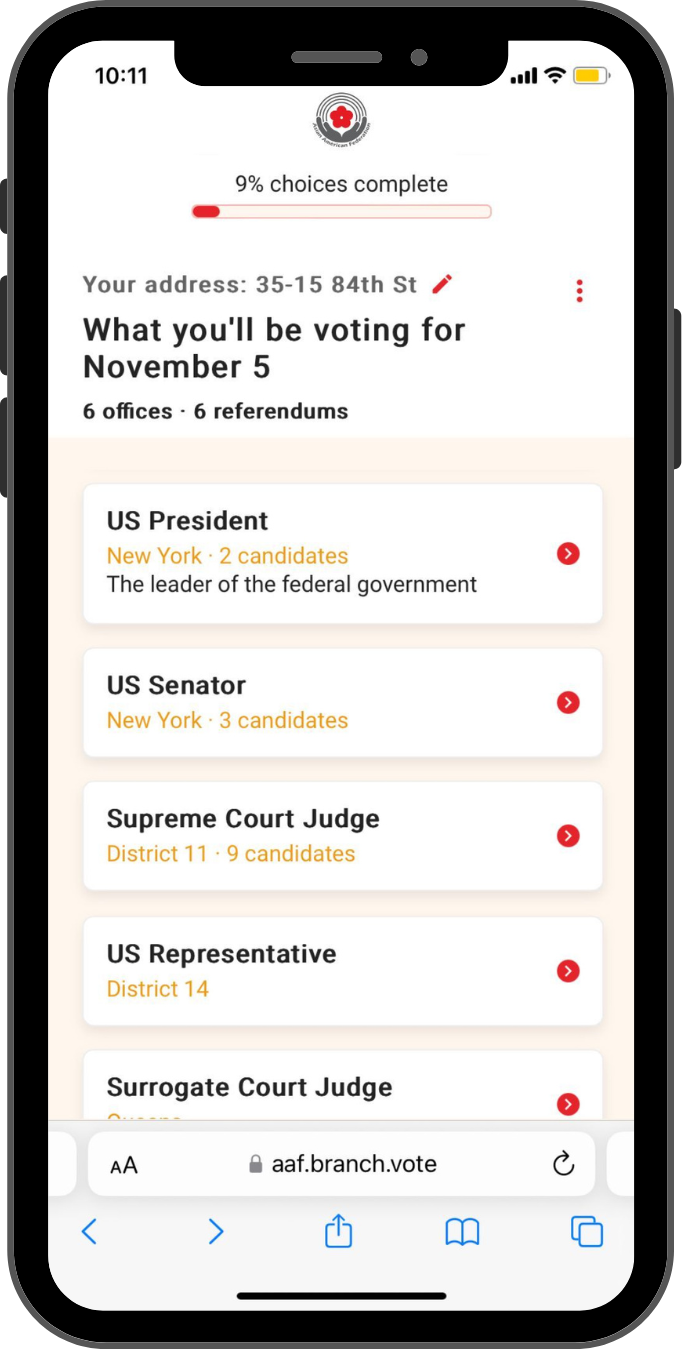INTRODUCTION
Beginning with the 2000 Census, the Census Bureau allows respondents to indicate more than one race. This report uses the major racial groups alone or in combination with one or more races category in the Census in order to be inclusive of those who identify with more than one racial or ethnic identity. For example, Asian alone or in combination includes mixed race populations with Asian heritage, regardless of Hispanic origin. Hence, some overlap could occur in the alone or in combination Census categories. This report uses data from the 2010 and 2020 decennial Census to calculate population size for major racial or ethnic groups alone or in combination. The 2015 and 2022 American Community Survey (ACS) 5-Year Public Use Microdata Samples (PUMS) are used to analyze major racial or ethnic groups (except for population size) and Asian ethnic groups. Since PUMS does not provide alone or in combination data for all the Asian ethnic groups, we use the alone Census category for these groups. For example, Chinese alone corresponds to the respondents who reported only Chinese and no other ethnic or racial category. If a respondent selected Chinese and another racial group (e.g., Chinese and Black), that individual is excluded from the Chinese alone count. Alone should be considered the minimum population size in any analysis that uses Census Bureau data.
Currently, ACS reports 20 Asian ethnic groups, including Bangladeshi, Bhutanese, Burmese, Cambodian, Chinese (except Taiwanese), Taiwanese, Filipino, Hmong, Indian, Indonesian, Japanese, Korean, Laotian, Malaysian, Mongolian, Nepalese, Pakistani, Sri Lankan, Thai, and Vietnamese. To maximize the reliability of our estimates, this report includes groups with unweighted sample sizes larger than 100 in Buffalo City.
POPULATION
AGE DISTRIBUTION
Note: Children are defined as below 18 years old, adults are defined as between 18-64 years old and seniors are defined as 65 years and above.
IMMIGRATION AND CITIZENSHIP
Note: The foreign-born population includes anyone who is not a U.S citizen at birth, including those who become U.S. citizens through naturalization. The native-born population includes anyone who is a U.S. citizen at birth.
EDUCATION
ENGLISH PROFICIENCY
Note: LEP stands for Limited English Proficiency. LEP individuals are those who speak English less than “very well.” “Speaks English Very Well” includes those who speak English very well and speak another language other than English.
EMPLOYMENT
INCOME AND POVERTY
Note: Personal and household incomes are adjusted for inflation.
Note: Poverty is defined as at or below 100% of the poverty threshold. Near poverty is defined as above 100% but below 200% of the poverty threshold. These two groups are exclusive to each other. Following the Office of Management and Budget’s (OMB) Statistical Policy Directive 14, the Census Bureau uses a set of money income thresholds that vary by family size and composition to determine poverty thresholds. The official poverty thresholds do not vary geographically, but they are updated for inflation using the Consumer Price Index (CPI-U). The official poverty definition uses money income before taxes and does not include capital gains or noncash benefits (such as public housing, Medicaid, and food stamps).
